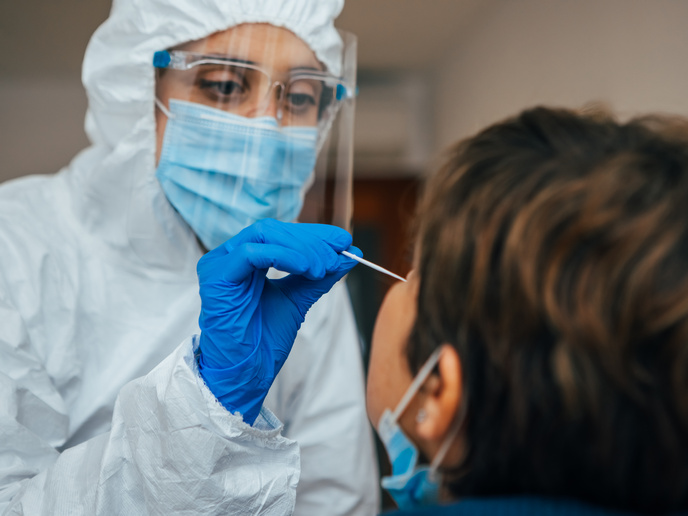Real-time imaging of cells
Fluorescence imaging has been a powerful tool for analysing cells, transforming our understanding of biology. Recently, new fluorescence-based super-resolution imaging techniques have been developed that provide nanometre-scale spatial resolution, heralding the era of nanoscopy. These techniques have sufficient resolution to view 3D sub-cellular architectures in multiple colours and in unprecedented detail. However, a major limitation is slow acquisition times, making the study of dynamic processes a difficult task. With EU funding of the project CSRR (Correlative super resolution and real-time imaging of herpes virus infection), scientists developed a correlative fluorescence imaging technique that combines the capabilities of super resolution and real-time imaging. This technique enables them to observe the dynamics of a biological sample in real time and then freeze the dynamics (by fixation) at a time of interest to obtain a super-resolution image. Scientists applied the correlative live-cell and super-resolution imaging method to study the impact of cellular roadblocks on cargo transport. Another task was to study the correlation between mitochondria dynamics and their morphology. New routes were devised to extract precise quantitative information from super-resolution images. Using microfluidic devices, scientists automated the imaging process, streamlining sample preparation and improving throughput. CSRR's imaging technology is expanding the repertoire of available single molecule techniques and opening the door to apply these tools to several other biological questions. These tools are expected to have a great impact on research in fields such as microscopy, biophysics and biology.







